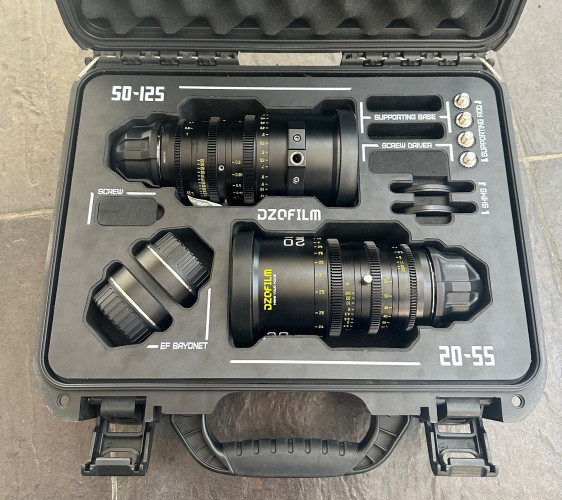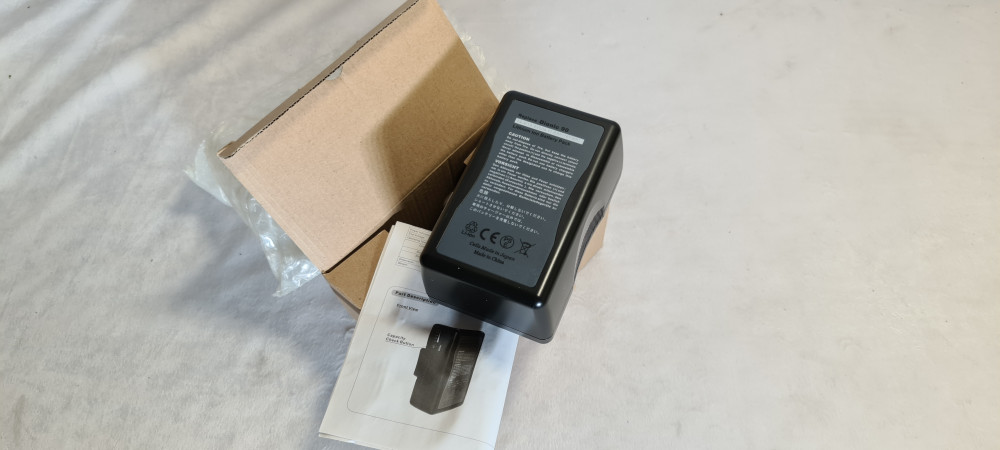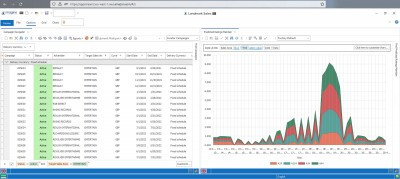Selling your business part 2 of 3
Author: Dennis Lennie
Published 1st August 2008
VALUES AFFECTED BY FACTS OR ASSUMPTIONS
In the second of his series of three articles about preparing your business for sale, Peter Savage explains the ins and outs of valuing businesses.
Last month we looked into some basic calculations that are used to value companies. This month I will try to put some of those principles into practice. I will look at – on a no names basis – three companies, all in the same industry, studying the make-up of their accounts to see what I believe the value is of each one.
Remember, as always, these are only my valuations and so they come accompanied with the appropriate health warning.
The background
First let’s just run through some of the details that apply in these calculations:
• I will use the five times super profit equation. This effectively excludes any value within the business’s balance sheet; it simply values the business through the profit and loss figures. This example is most used by banks when lending to fund small and medium enterprise (SME) purchases.
• I will also use only information that is at Companies House – available to the public – so that I don’t breach any kind of confidentiality (just in case someone is able to identify the company from the example).
Company one: a large business
Our first company has a turnover of £38 million and, out of this, has a pre tax profit of £2.8 million. The balance sheet stands at just over £7 million. The highest paid director takes about £400,000 and the company has 131 employees. The company could be described as a large concern, probably at the top end of size within its industry sector.
So, using the super profit rule: take the pre-tax figure and add the cost of the main director (assuming that he or she is no longer required within the business) then multiply by five: £ 2.8m + £400,000 x 5 which gives a valuation of £16 million.
Company two: a small business
The second company is a well-established business that, due to its size, falls into the small company bracket (it does not meet two of these three criteria: turnover is not over £5.6 million, balance sheet is not greater than £2.3 million, it has no more than 50 employees). The advantage to the directors of a small company is that they do not have to publish anywhere near as much information, if they don’t want to. They can file abbreviated accounts and do not need to disclose the company’s turnover or the directors’ salaries. So we don’t have two of the figures needed to calculate the company’s value using the five times super profit equation ... making the exercise we are carrying out more difficult.
The company has a balance sheet that stands at £1.9 million (up from £1.6 million). The turnover is not shown and nor are details of director’s salaries. So there’s not much to work on; we have to make assumptions.
First, in a company of this size the directors will be fairly key to the running of the business – so we keep them in the equation. Secondly, the profit before tax is likely to be around £430,000 (the difference between the two years’ balance sheets plus adding the tax charge of 30%). So, the super profit valuation is: 5 x £430,000 = £2.15 million which is the balance sheet and a little bit more.
Company three: a struggling business.
The final company is one that has a balance sheet that stands at about £900,000. Turnover has dropped from £500,000 to £450,000 a year and the company has posted a small loss of £90,000. No dividends were paid and the director took a small salary of about £18,000.
This company cannot be valued by the super profits rule as there is no profit, even if the director’s salary is added back. The owner of this business will have a dilemma in selling as, on paper, the company is worth nearly £1 million but the assets are not returning enough income over costs to make a profit.
How this owner is going to make the most of his position will be discussed in the next article: gearing up for sale.
If you would like to give me your views on these or other companies, send them to me at peter.savage@azule.co.uk or make your comments on the blog at www.azule.co.uk/articles.asp where you can also read previous articles in this series.



































